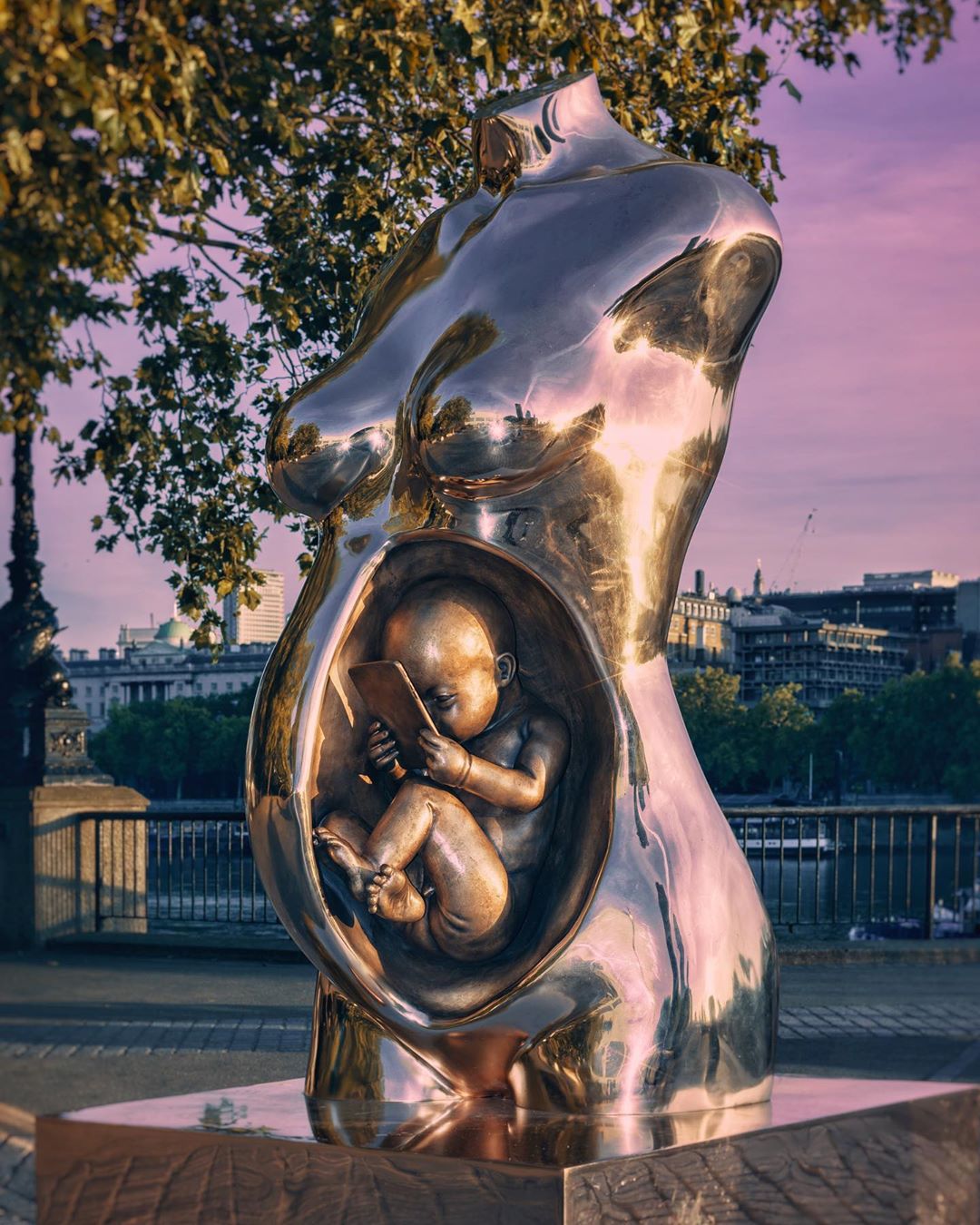
The fantastic wire creations of Walter Oltmann seem both alien and familiar. The artist often calls upon the natural world and images from human history to explore themes of hybridism and mutation while referencing the rich traditions of South African craft-making. Born in 1960, Oltmann spent his childhood living in remote parts of the KwaZulu-Natal region, where he was first exposed to local handicrafts such as weaving and basket-making. Using wire as his preferred medium, the artist has become an expert on wire working and devotes himself to studying the influence of cultural traditions on contemporary South African art.


While Oltmann has exhibited his art in the form of both drawings and sculptures, he is best known for his suits handcrafted from tightly woven aluminum and brass wire. These structures resemble the exoskeletons of insects and larvae – such as beetles and caterpillars – complete with feelers, scales, and spikes. The suits fuse the anatomy of animals with the historical armored dress of European conquistadors and early explorers.


In an interview with fellow artist Cintia Vargas, Oltmann said: “My processes of weaving the suits and spikes are very slow and accumulative and link conceptually to the processes of transforming and becoming – metamorphosis and hatching – as evidenced in insect life. These themes of […] the slow metamorphosis into a new hybrid identity underlie the many suit sculptures I have made over the years.”

Other creations evoke imagery that speaks to the fragility of life and passage of time. These depictions of skulls and sleeping children, handwoven in delicate wire to resemble lace doilies, demonstrate Oltmann’s skill and are among the artist’s most recent works:



View more of Walter Oltmann’s work on his Artsy page.


 Stephanie H. Shih's ceramic sculptures reflect on her upbringing as a first-generation Asian-American through “the lens of the Asian-American pantry.” The output ranges from hundreds and hundreds of porcelain dumplings to certain imported sauces and oils. With her work, she's also raised funds for communities across the U.S., from displaces indigenous tribes to hurricane victims.
Stephanie H. Shih's ceramic sculptures reflect on her upbringing as a first-generation Asian-American through “the lens of the Asian-American pantry.” The output ranges from hundreds and hundreds of porcelain dumplings to certain imported sauces and oils. With her work, she's also raised funds for communities across the U.S., from displaces indigenous tribes to hurricane victims. The sculptures of Federico Clapis often play with our tether to technology, from the womb to the modern professional. The former stage, in particular, is where we find some of the artist’s most provocative work. He recently unveiled the above piece, a massive bronze figure, in London.
The sculptures of Federico Clapis often play with our tether to technology, from the womb to the modern professional. The former stage, in particular, is where we find some of the artist’s most provocative work. He recently unveiled the above piece, a massive bronze figure, in London. These sculptures by
These sculptures by  First featured in
First featured in